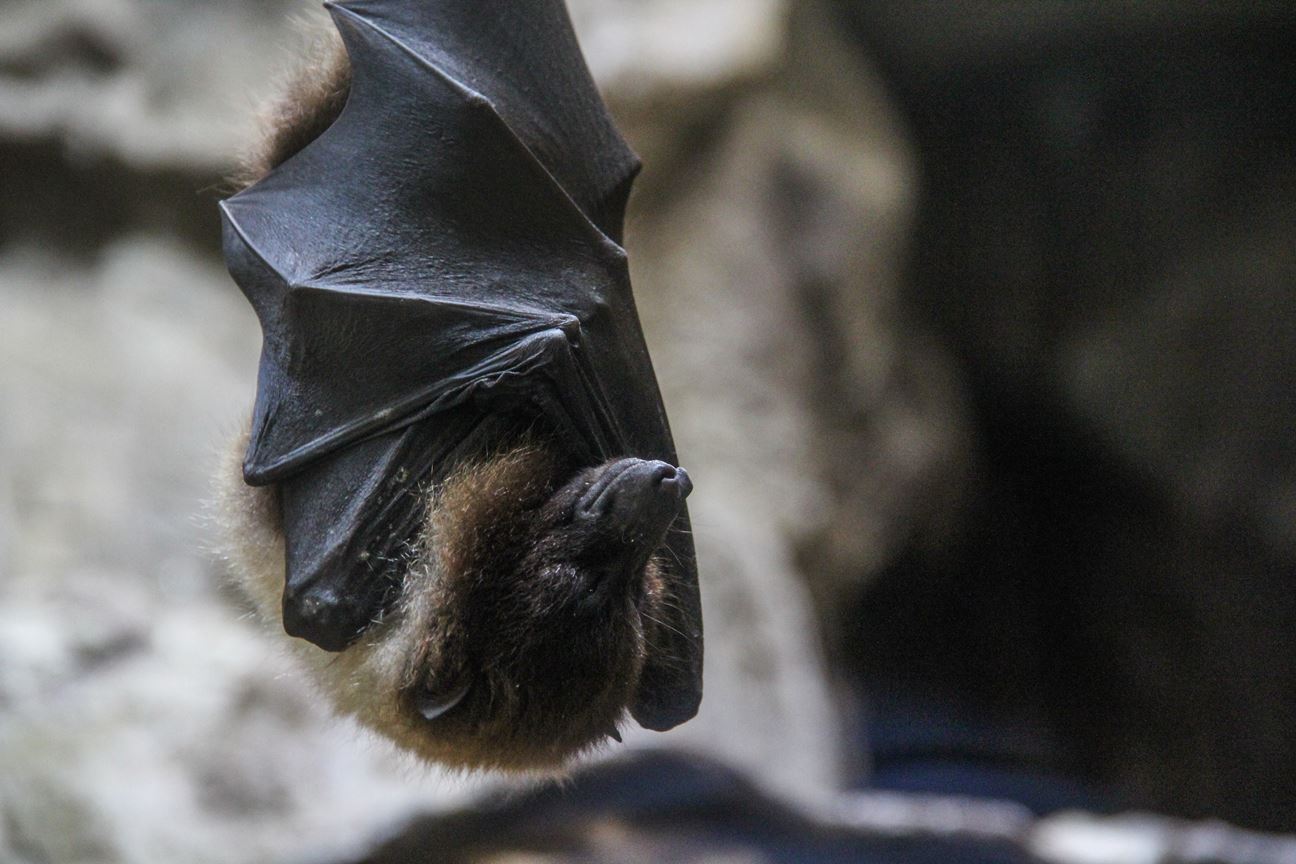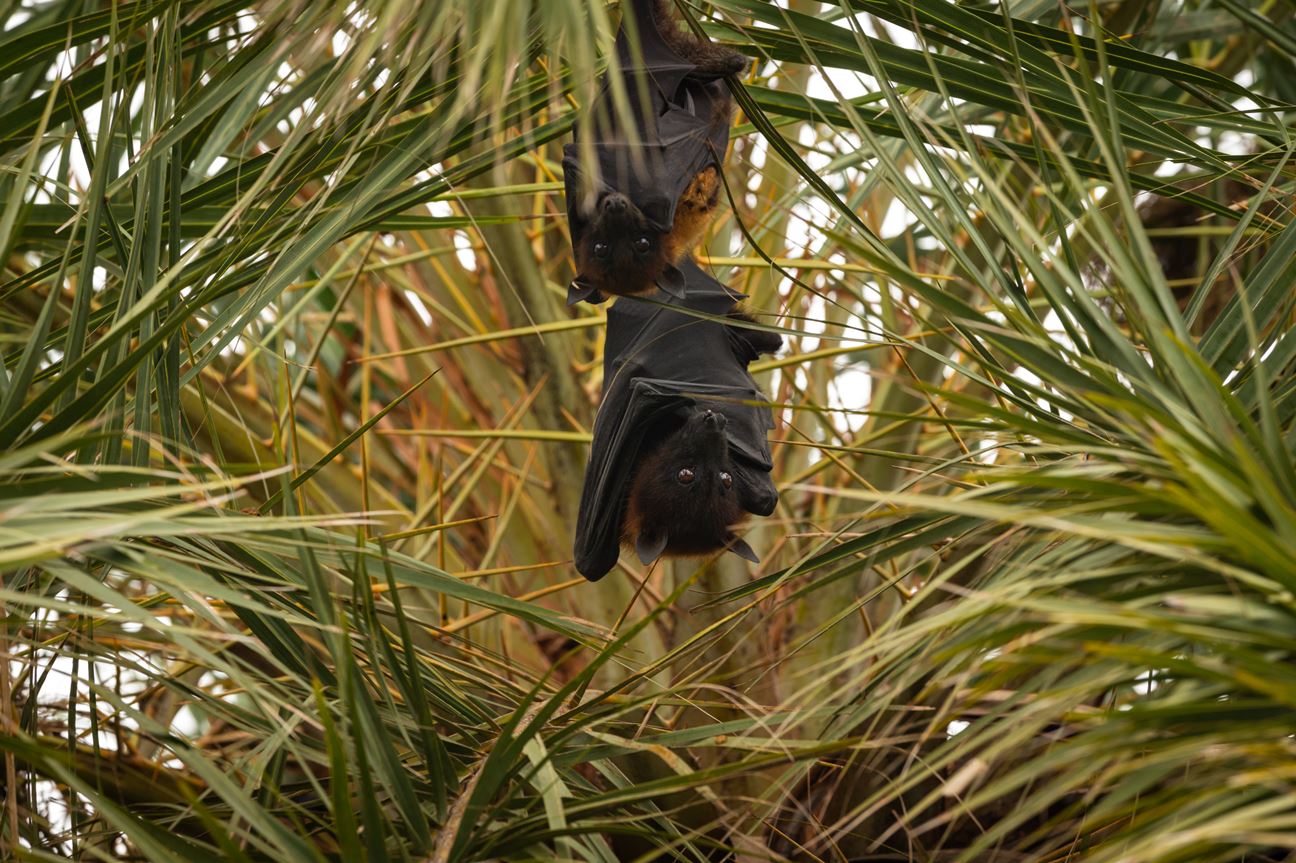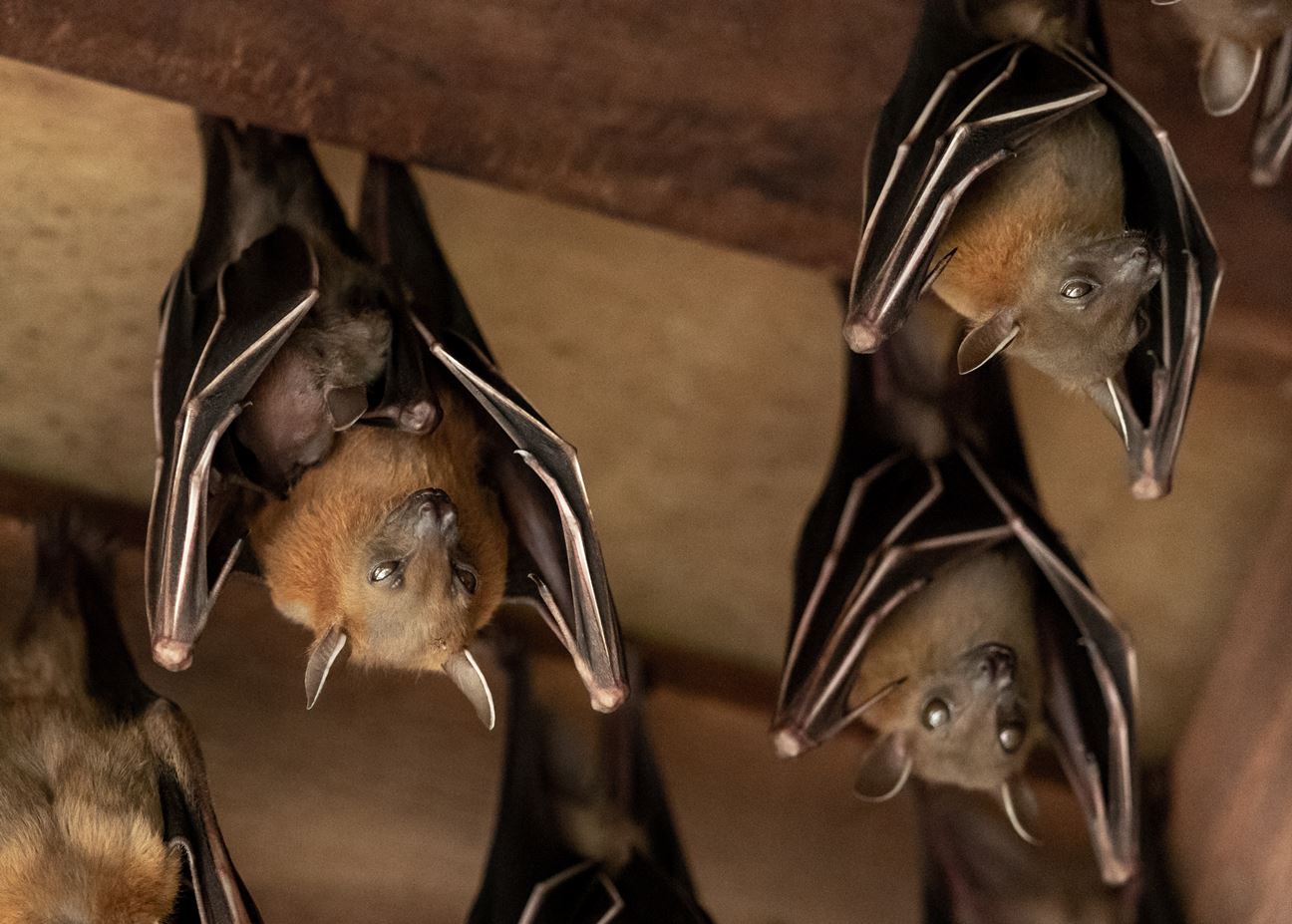Four bat species in Delhi have truly become one with the shadows, having disappeared entirely from their habitats.
Bats play a crucial role in maintaining the balance of nature: controlling pests, pollinating flowers, dispersing seeds, and more. Despite living life in the dark, their importance in everyday life cannot be understated.
But did you know that some of the bat species in Delhi are disappearing or facing extinction?
Two experts from Guru Gobind Singh Indraprastha University (GGSIPU) have come forward to emphasise a cause for concern.

Losing Habitats
One of the main reasons for the decline in bat numbers is the loss of habitat due to urbanisation and renovation. Bats need suitable places to roost, feed, and breed. They prefer dark, quiet, and humid environments, such as caves, hollow trees, and old buildings. However, many of these habitats have been destroyed or altered by human activities, such as construction, deforestation, and restoration.
Some of the bat species in Delhi were found only at certain monuments and heritage sites, where they had adapted to the unique microhabitats.
Following the renovation of these monuments, which involved installing grilles, lighting, and removing bat droppings, these bats could no longer find their home there.
At least four bat species have gone missing from Delhi in the past decade due to this reason:
- The Indian false vampire bat (Megaderma lyra), which is found exclusively in Humayun’s tomb
- The black-bearded tomb bat (Taphozous melanopogon)
- The Egyptian free-tailed bat (Tadarida aegyptiaca)
- The Indian pipistrelle (Pipistrellus coromandra)
These four bat species are considered specialist species, meaning they have a narrow range of environmental conditions and food sources that they can survive on. They are more sensitive to changes in their habitat than generalist species, which can adapt to a wide variety of habitats and food sources.

The researchers warn that another specialist bat species may soon disappear from Delhi — the Blyth’s horseshoe bat (Rhinolophus lepidus), which has only one habitat in the Capital: the Aravalli Biodiversity Park in Vasant Vihar.
The researchers suggest that when renovating monuments and heritage sites, it is important to protect the flora and fauna that co-exist there. They also recommend that for rare species, certain sections of monuments can be kept separate or closed for visitors, so that the bats can roost peacefully.
The Decline in Green Cover
Another reason for the decline in bat numbers is a drop in green cover. Bats need trees and plants for food, shelter, and navigation. Many bat species feed on fruits, nectar, and pollen of plants, while others feed on insects that are attracted to plants. Bats also use echolocation to find their way around by emitting sounds and listening to the echoes. Trees and plants also help them in this process by reflecting their sounds.
However, Delhi has been losing its green cover owing to urban development, pollution, climate change, and natural disasters. Many of the old and large trees that bats prefer have been cut or fallen down.
Many fruit bats require large trees to roost and hang upside down. They also pollinate a number of fruit trees, such as chikoo and wild bananas. Their droppings also help new trees to grow from seeds. The loss of green cover could have a negative impact on their population as well as on plant diversity.

The researchers advise that we should plant more native trees and plants that can support bats and other wildlife. They also urge us to avoid using pesticides and chemicals that can harm bats and their prey.
Light Pollution
A third reason for a drop in bat numbers is light pollution, especially in the form of excessive or inappropriate use of artificial light at night. It affects them in several ways by:
- Disrupting their natural rhythms of sleep and activity
- Confusing their navigation and orientation
- Altering their feeding and mating behaviour
- Exposing them to predators and human disturbance
According to the researchers, light pollution has created an imbalance in the insectivore bat population in Delhi.
Insectivorous bats are those that feed on insects, such as mosquitoes, moths, and beetles. They can be broadly divided into two groups: those with a wide wing span and a short body, and those with a short wing span and a large body.
The second group of bats has been able to take advantage of the large congregations of insects that are drawn to fixed light sources, such as street lamps and high-mast lights. However, the first group of bats has not been able to adapt to such artificial feeding spots that are created by lights. These bats prefer to hunt insects in open spaces and avoid bright lights.
The researchers warn that this could lead to a decline in the diversity and abundance of the first group of bats, which are more specialised and vulnerable. They also point out that light pollution can affect the pollination and seed dispersal services provided by other bat species, such as fruit bats and nectar bats.
They recommend that we should reduce the use of artificial light at night and switch to low-intensity and warm-coloured lights that are less attractive to insects and bats. They also suggest that we should create dark zones or corridors in the city where bats can fly and feed without disturbance.

The Need for Awareness and Conservation
Bats are often misunderstood and feared by most thanks to the cloud of myth, superstition, and disease that surrounds them. However, bats are actually beneficial and fascinating animals that deserve our respect and protection. They are an integral part of our ecosystem and provide us with many ecological and economic services.
It’s integral that we step up to support the conservation efforts for Delhi’s bats. By doing so, we can help preserve the natural heritage and biodiversity of our surroundings.